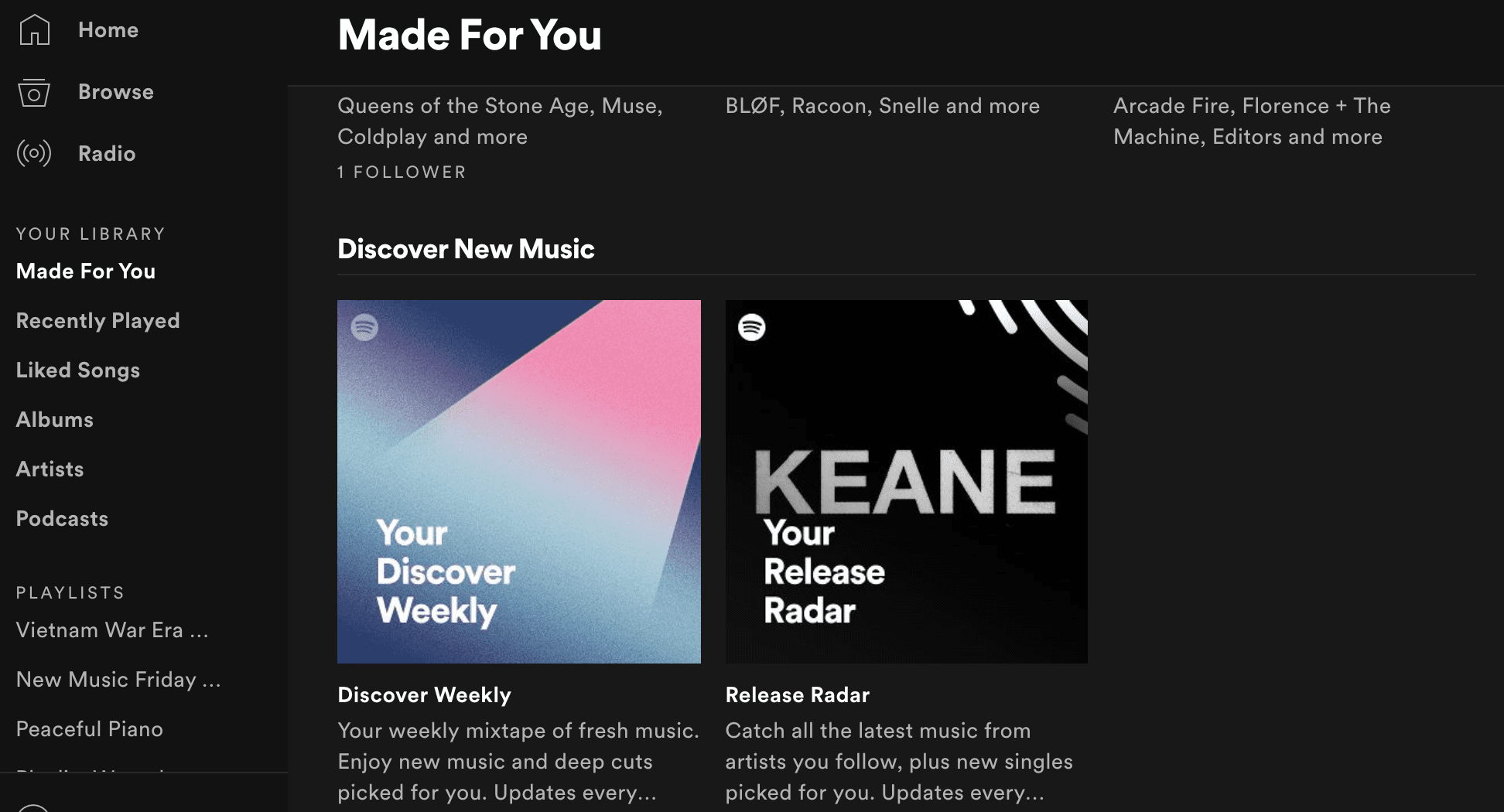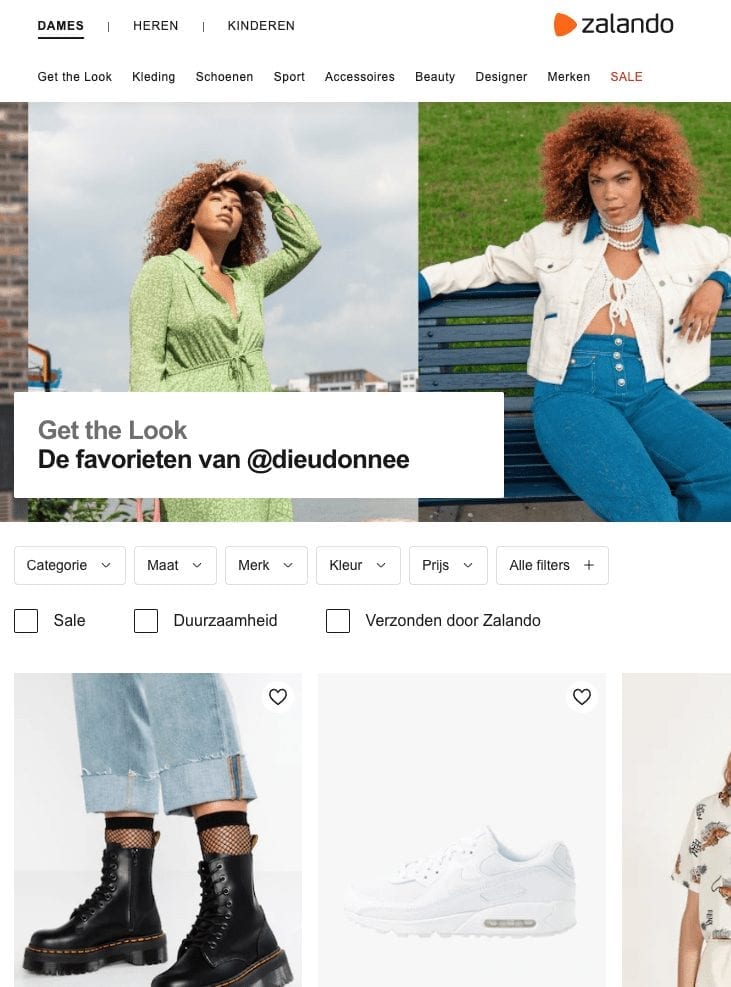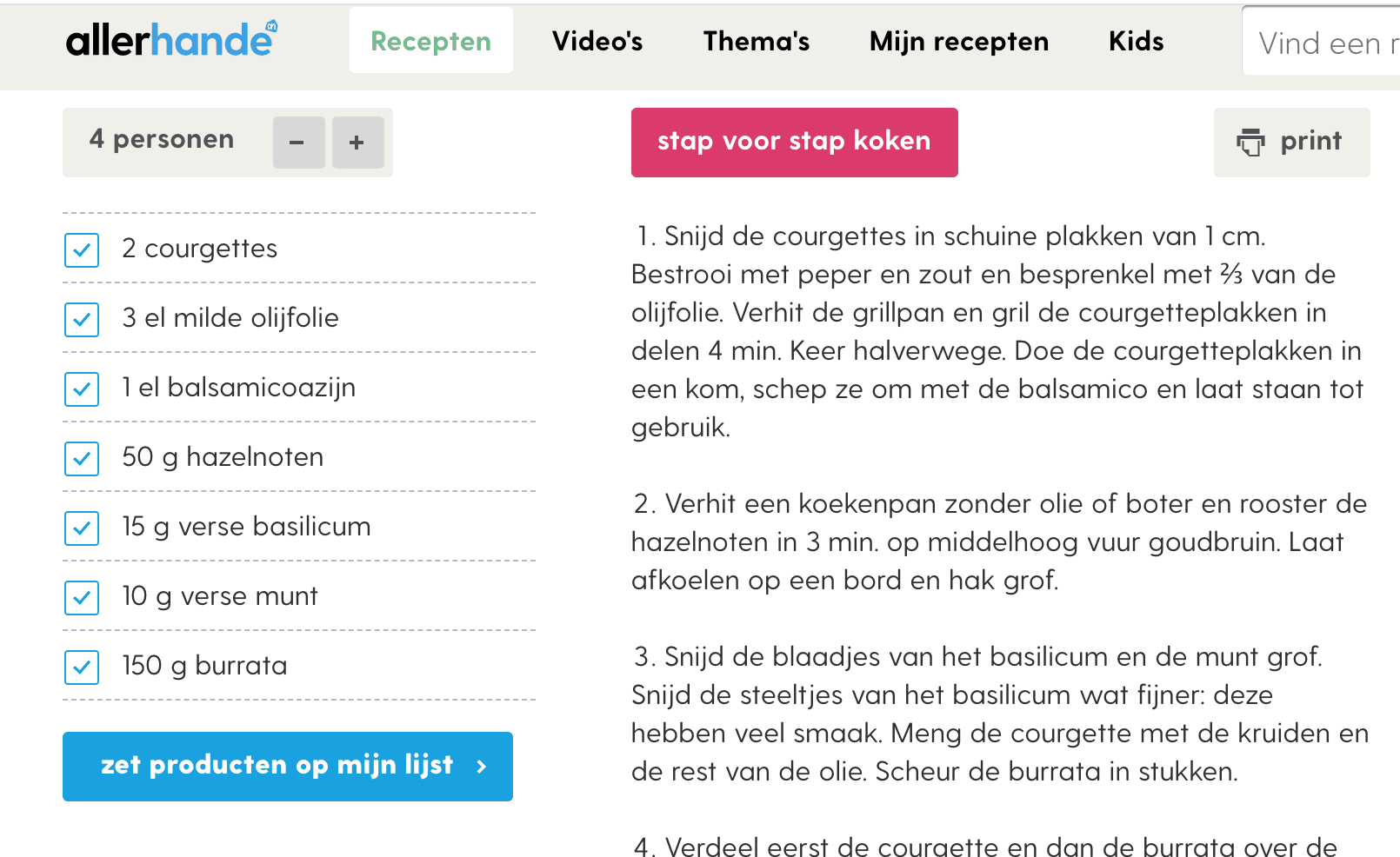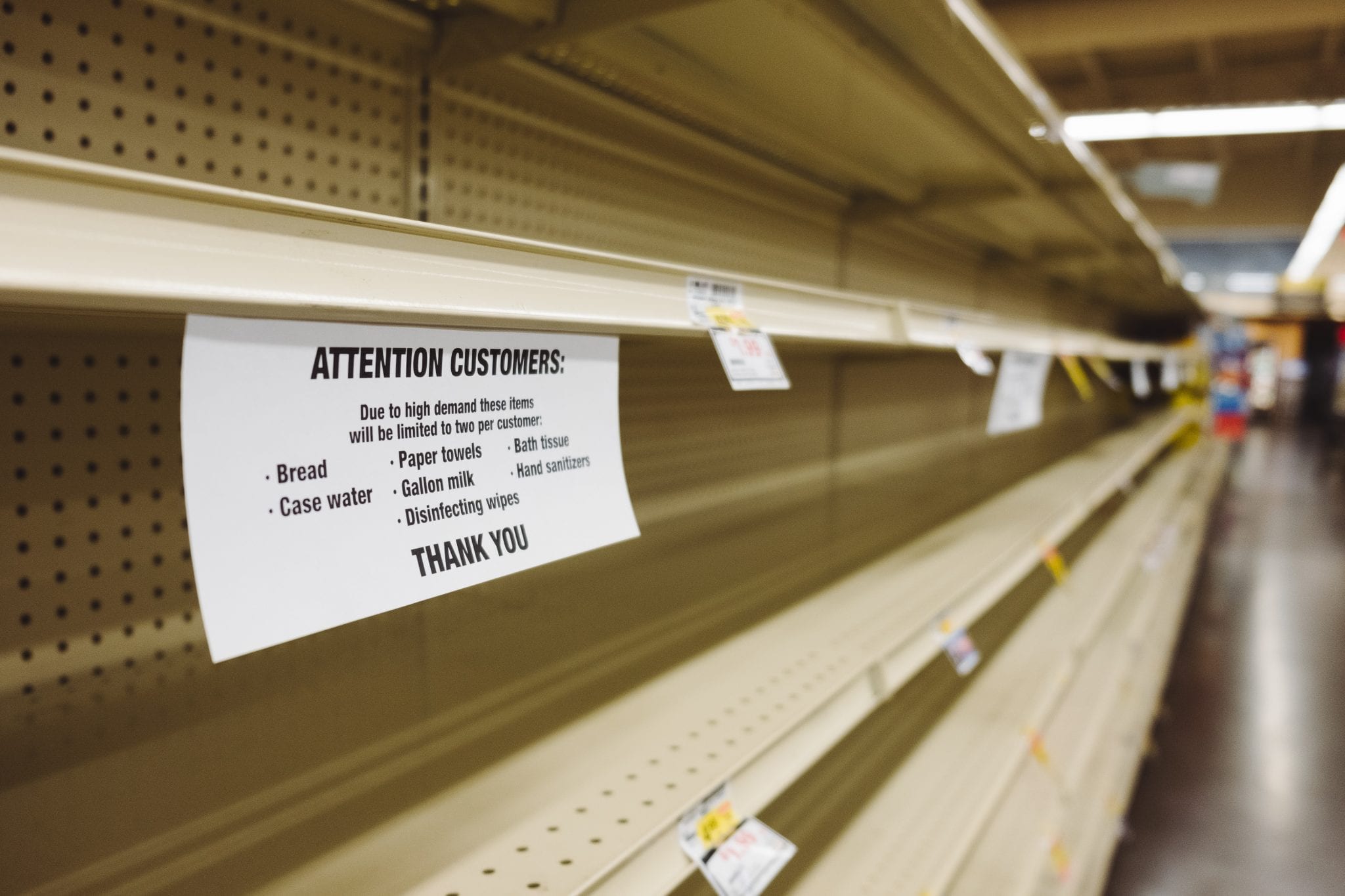In today's world, technology is on the basis of close to every innovation or development. In times of the Corona crisis, there is, even more, an acceleration in technological developments to make the consequences of COVID-19 more bearable for people as well as the economy. Everyone has to deal with technological trends in everyday life, consciously or unconsciously. Such trends as, AI (artificial intelligence), IoT (internet of things), biotech, voice technology and so on. (for more on trends see our Outlook 2020).
For an organisation, it is important to take technological trends and developments into account in all decisions they make right now or in the future. Technology is not only indispensable within an organisation for the internal processes, but also the connection and relationship with the customer. Where technology is not only changing our consuming behaviour but also our expectations. Think of the way we shop, watch series, process our payments or maintain our social network on online platforms. Due to the increased demand for innovation and consumer experience, technology is becoming an essential part of the consumer side of organisations.
Technology is often the foundation of innovation and consumer experience. Organisations can use technology in different ways to serve their customers. Therefore, the question is: how can you as an organisation use the (trends in) technology to increase and manage your impact on consumer behaviour and therefore retain current and attract new customers?
Four ways to use technology
Below are four ways explained on how you can use technology to improve and manage your impact on consumer behaviour.
1. Personalisation
Personalisation occurs when companies use customer behaviour insights to show their ads only to consumers that are more likely to be interested in the company's product or service. Personalisation increases relevance. The more relevant the message, the more valuable it is for the customer. This ultimately leads to higher customer satisfaction and more conversion. Personalisation can also make consumers feel special, which has a positive effect on the long-term relationship and loyalty between customers and the organisation.
72% of consumers will only engage with personalised marketing messages
Case example: Spotify; They create a "Discover Weekly" list. Based on the data of which music you listen to, Spotify uses an algorithm to create a new list each week (discover weekly) with music you may be interested in.

2. The design of an online platform or physical store
People's behaviour is increasingly stimulated by external factors (i.e. recommendations, references or music) than by internal factors (i.e. own opinion and attitude). Therefore, external factors such as the layout and design of the platform or physical store are increasingly important. When these external factors are more noticeable or present, consumers are more likely to adjust their behaviour to these factors.
77% of online shoppers use reviews to make a purchase decision
Case example: Zalando, webshop; When you click on a product you are interested in, you see the rating given by the reviews of others in extra large fonts and when you scroll down you see recommendations which take up more than half of the space on the page (categories: looks like, fits perfectly and sponsored by brands).

3. (Micro-)Moment optimisation
With the arrival of the smartphone and therefore the micro-moments, the customer journey has changed enormously. Consumers make decisions faster than ever and find the desired information about their needs in an even shorter time frame. It is no longer a clear journey from A to Z via B, C, D etc. This journey now consists of hundreds of different moments in which we visit apps, social media and websites. Consumers are living in the moment. As an organisation identify these moments and make use of a moment specific impulse and need of a consumer.
82% of the people consult their phone while standing in a store deciding which product to buy.
Case example: Albert Heijn, AH.nl; When you visit the supermarket site, you will also have access to many recipes in addition to the option of (purchasing) products. When you may have found a recipe that you want to prepare, you have the option to add the products of the recipe directly to your shopping list, order them immediately and have them delivered.

4. Experiences
Special customer experience leads to enthusiastic customers who buy more products, become less price-sensitive, leave positive reviews and become more loyal. It has become a decisive factor for customer retention and growth. Nowadays you see a shift from product to service, which means that the customer experience throughout the service becomes even more important. This also results in a great opportunity to excel and differentiate your organisation from the rest.
70% of buying experiences are based on how the customer feels they are being treated.
Case example: Coolblue; All communication and processes are aimed at giving customers a positive feeling, be it the deliverers who call you fifteen minutes in advance that they will arrive or take the packaging material back with them after delivery.

Tips for using Technology
With the use of the above methods, there are a couple of challenges that you must remember when using technology. Below are a couple of tips to deal with these challenges.
- Personalise your advertisements! It is both made possible by technology and expected by consumers. If you don't personalise your ads, then you will waste a part of your budget on consumers that are not interested in your product, to begin with.
- Do not violate the privacy of customers. Consumers are often concerned about how companies handle their personal data or may even resell it to third parties. Be transparent about the collection and use of their personal data and always follow the GDPR legislation to not exceed this limit.
- Be innovative and creative in the way you use technology to deliver added value to both the experience of your customer and your organisation. People are increasingly aware of the use of personalisation and technology and how it can influence their decisions. With this in mind, if you cannot provide (personal) added value to the approach of the customer, this might be received negatively and provoke resistance on the consumer
- Respond to the needs of a customer. A challenge of this time can be that people feel the need to unplug from technology or the internet. However, see this as an opportunity and not as a threat. Unplugging from technology doesn't always have to be about electronics. It may mean taking a step away from work or any stressful environment. Take advantage of this micro-moment and make sure you help people to unplug, for example, the application: Forest. Where users can help the environment when they spend less time looking at their screens. In this application, they combine the customer needs to unplug and to make a sustainable contribution to society.
Conclusion
Respond to the needs of the customer creatively and innovatively. Make sure you have the right balance between the possibilities of the technology and the needs of the customers. In this way, you stimulate and retain your customers and optimise the growth of your organisation.
If you have any questions about finding the right balance between technology trends and developments and the specific consumer demands to improve your marketing and sales strategy, do not hesitate to contact us!
Resources
Retail trends - Personalisation the opportunities and pitfalls
The Behavioural Science of CP - Disrupting the customer experience
Customer talk - The influence of online reviews
Think with google - Micro moments
Speak ap - Ways to achieve a unique customer experience
Smart insights - consumer personalised marketing engagement
The MVP - How to Optimize Micro-Moments
Marketingfacts - what is the influence of reviews
60 second marketer - facts about consumer behaviour



